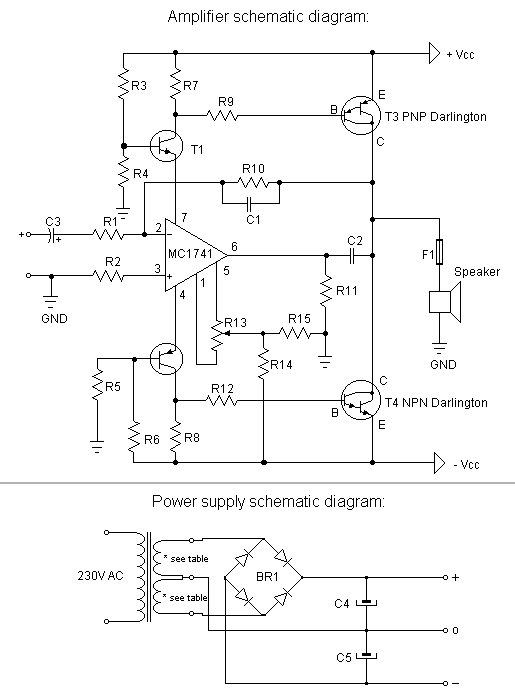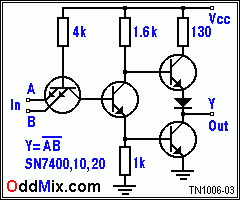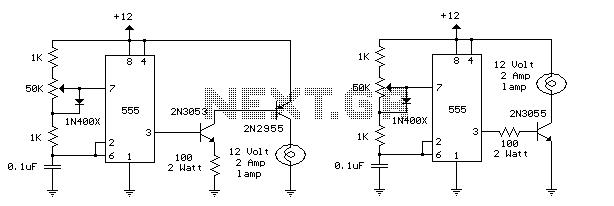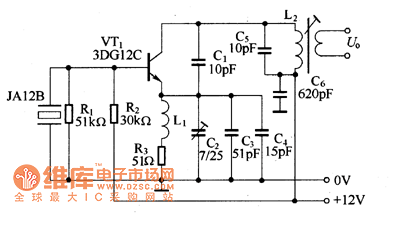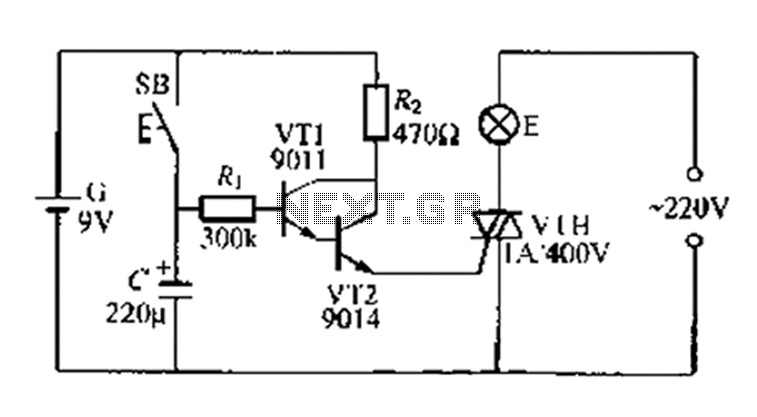
One variable speed single-phase motor circuit thyristor

The 3P10 circuit, illustrated in the figure, utilizes a bidirectional thyristor for control. The adjustment potentiometer RPi allows for modification of the minimum motor speed, while the adjustment potentiometer RP2 enables continuous variation of the motor speed, reaching up to the maximum speed. The pressure range is approximately 30 to 215V.
The 3P10 circuit is designed to control the speed of a motor through the use of a bidirectional thyristor, which provides efficient switching capabilities for AC loads. The circuit includes two potentiometers: RPi, which sets the minimum speed of the motor, and RP2, which allows for fine-tuning of the speed across a continuous range. This configuration enables the user to achieve precise control over the motor's operational speed, facilitating applications that require variable speed operation.
The pressure range of 30 to 215V indicates the operational voltage limits within which the circuit can function effectively. This range suggests that the circuit is suitable for a variety of AC motors that operate within these voltage parameters. The use of a bidirectional thyristor is advantageous as it can conduct current in both directions, making it ideal for alternating current applications.
In practical implementation, the circuit would typically include additional components such as filtering capacitors to smooth out voltage fluctuations, protection diodes to prevent reverse voltage spikes, and possibly a microcontroller for automated speed adjustments based on feedback from sensors. The design should ensure that the components are rated appropriately for the voltage and current levels expected during operation to ensure reliability and safety.
Overall, the 3P10 circuit represents a robust solution for motor speed control, offering flexibility and precision through its adjustable parameters. Proper attention to component selection and circuit layout will be essential for optimal performance in real-world applications.3P10 circuit shown in FIG. It uses a bidirectional thyristor control. Adjustment potentiometer RPi, can change the minimum motor speed f adjustment RP2, continuously changing t he motor speed, up to the highest speed. Pressure range of about 30 ~ 215V.
The 3P10 circuit is designed to control the speed of a motor through the use of a bidirectional thyristor, which provides efficient switching capabilities for AC loads. The circuit includes two potentiometers: RPi, which sets the minimum speed of the motor, and RP2, which allows for fine-tuning of the speed across a continuous range. This configuration enables the user to achieve precise control over the motor's operational speed, facilitating applications that require variable speed operation.
The pressure range of 30 to 215V indicates the operational voltage limits within which the circuit can function effectively. This range suggests that the circuit is suitable for a variety of AC motors that operate within these voltage parameters. The use of a bidirectional thyristor is advantageous as it can conduct current in both directions, making it ideal for alternating current applications.
In practical implementation, the circuit would typically include additional components such as filtering capacitors to smooth out voltage fluctuations, protection diodes to prevent reverse voltage spikes, and possibly a microcontroller for automated speed adjustments based on feedback from sensors. The design should ensure that the components are rated appropriately for the voltage and current levels expected during operation to ensure reliability and safety.
Overall, the 3P10 circuit represents a robust solution for motor speed control, offering flexibility and precision through its adjustable parameters. Proper attention to component selection and circuit layout will be essential for optimal performance in real-world applications.3P10 circuit shown in FIG. It uses a bidirectional thyristor control. Adjustment potentiometer RPi, can change the minimum motor speed f adjustment RP2, continuously changing t he motor speed, up to the highest speed. Pressure range of about 30 ~ 215V.
